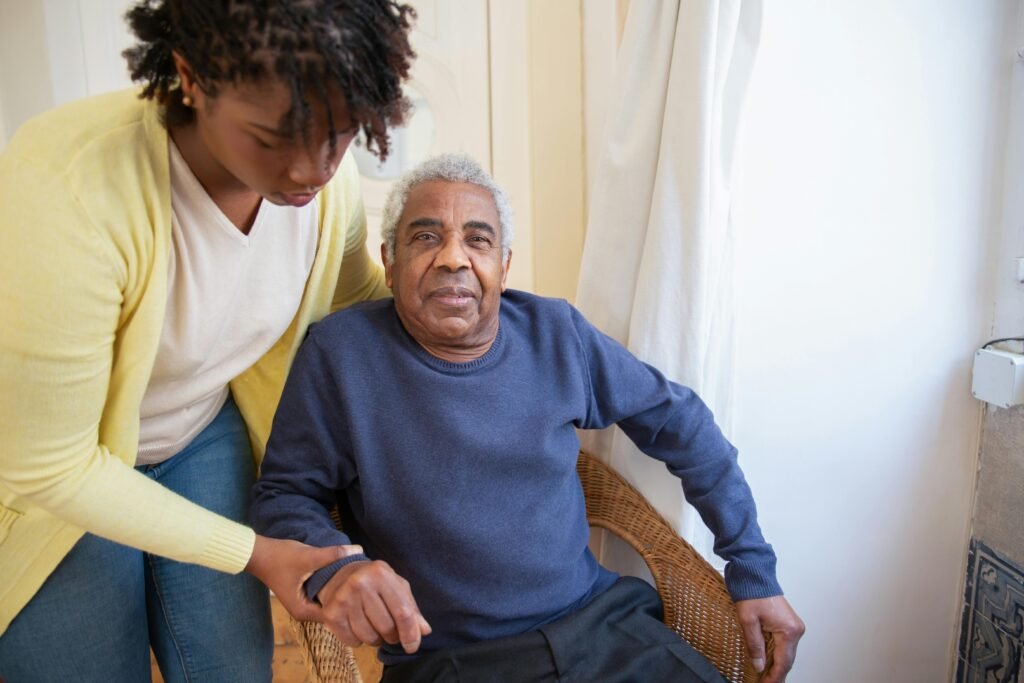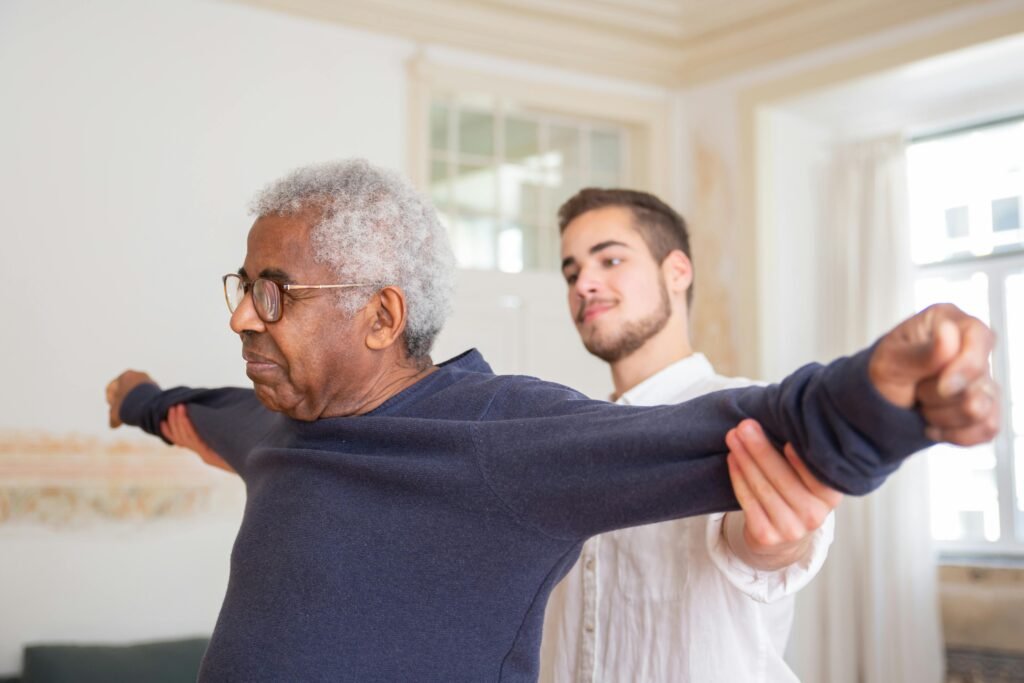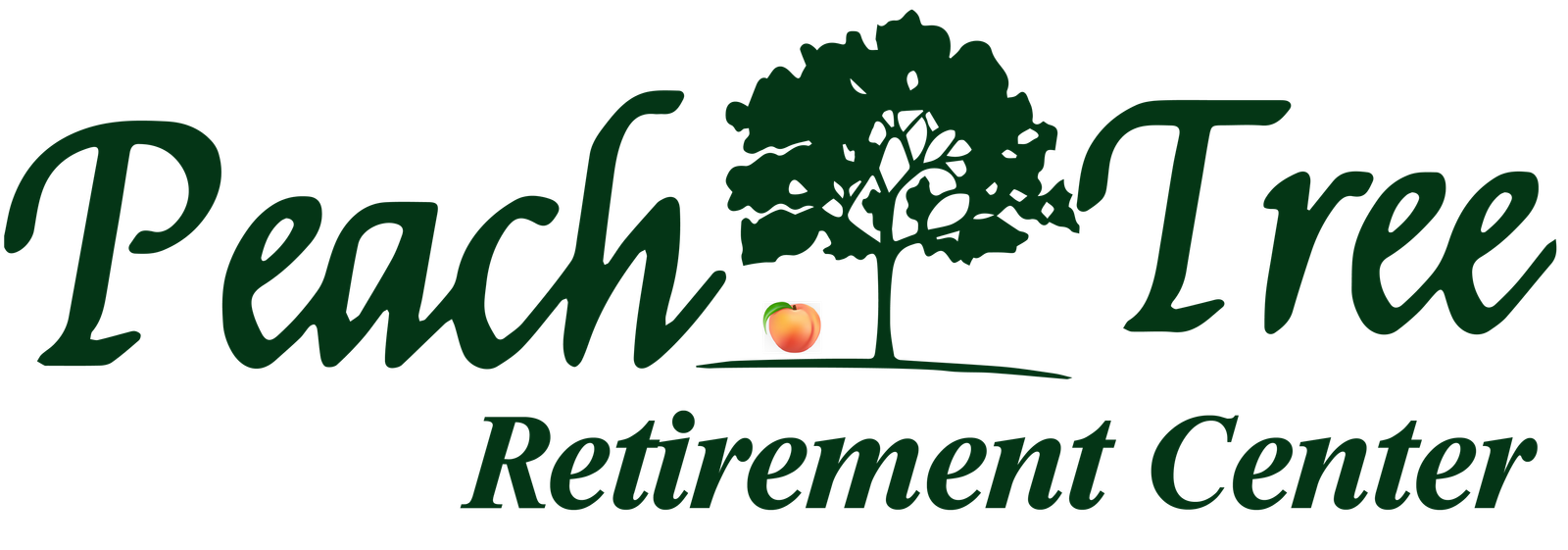Activities of Daily Living (ADLs) are essential tasks that individuals perform regularly to maintain their personal care and independence. These tasks are especially important for seniors living in retirement communities or senior living environments, as they impact their overall well-being and quality of life. Understanding ADLs and how they are assessed can help ensure that seniors receive the appropriate level of care and support they need.
What Are Activities of Daily Living (ADLs)?
ADLs are categorized into two main types: Basic ADLs and Instrumental ADLs (IADLs).
Basic ADLs: These are fundamental self-care tasks necessary for daily living. They include:

- Bathing: The ability to wash oneself and maintain personal hygiene.
- Dressing: The ability to choose appropriate clothing and dress oneself.
- Eating: The ability to feed oneself, not necessarily including meal preparation.
- Toileting: The ability to use the toilet and manage personal hygiene afterward.
- Transferring: The ability to move from one position to another, such as getting in and out of bed or a chair.
- Continence: The ability to control bladder and bowel functions.
Instrumental ADLs (IADLs): These tasks are more complex and involve managing one’s home and environment. They include:

- Housekeeping: The ability to maintain a clean and safe living space.
- Meal Preparation: The ability to plan, prepare, and serve meals.
- Managing Medications: The ability to obtain and take medications as prescribed.
- Shopping: The ability to purchase groceries and other essential items.
- Using Transportation: The ability to drive or use public transportation.
- Managing Finances: The ability to handle money, pay bills, and manage financial matters.
How Are ADLs Assessed?
Assessing ADLs is crucial for determining the level of care and support needed for seniors in retirement communities or senior living settings. Healthcare professionals use various tools and methods to evaluate an individual’s ability to perform ADLs. Here are the key steps involved in the assessment process:
1. Observation and Interview: A healthcare provider, such as a nurse or occupational therapist, will observe the senior performing ADLs and conduct interviews to gather information about their abilities and challenges. This can include direct observation or reports from family members and caregivers.
2. Standardized Assessment Tools: Several standardized tools are used to assess ADLs, including:
- Katz Index of Independence in Activities of Daily Living: This tool measures the basic ADLs and rates the individual’s performance as independent or dependent.
- Barthel Index: This tool assesses a person’s ability to perform basic ADLs and mobility tasks, providing a score that indicates the level of assistance required.
- Lawton Instrumental Activities of Daily Living Scale: This tool evaluates the more complex IADLs and rates the individual’s performance on a scale of independence to dependence.
3. Functional Assessments: Functional assessments involve a comprehensive evaluation of the senior’s physical, cognitive, and emotional abilities. This includes assessing their strength, balance, coordination, and cognitive function, as well as any medical conditions that may impact their ability to perform ADLs.

4. Personalized Care Plans: Based on the assessment results, a personalized care plan is developed to address the specific needs and preferences of the senior. This plan may include recommendations for home modifications, assistive devices, physical therapy, and caregiver support to enhance their ability to perform ADLs independently.
Understanding and assessing Activities of Daily Living (ADLs) is essential for ensuring that seniors in retirement communities and senior living environments receive the appropriate level of care and support. By accurately evaluating their abilities and challenges, healthcare professionals can develop personalized care plans that promote independence, safety, and overall well-being. Whether through direct observation, standardized assessment tools, or functional assessments, a thorough understanding of ADLs helps enhance the quality of life for seniors.
